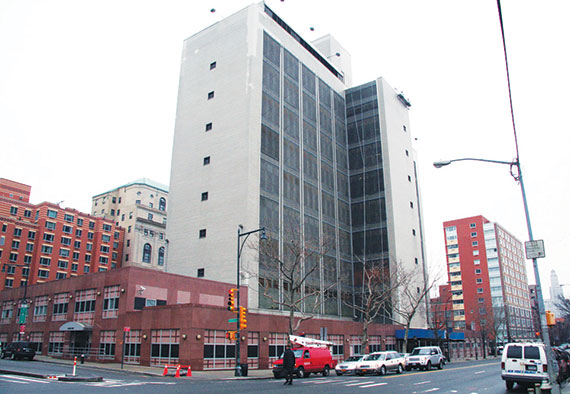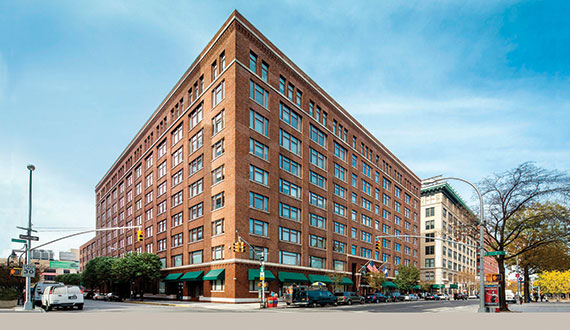Trending
This month in real estate history
Rent control rolled back, Brooklyn jail built and more

1971: Vacancy decontrol takes effect, temporarily
Landlords rejoiced as decades-old controls on New York apartment rents were put aside, 44 years ago this month.
The Urstadt Law, named after Charles Urstadt, Gov. Nelson Rockefeller’s housing commissioner, forbade the city government from enacting more stringent rent regulations than those enacted by the state legislature.
The law also removed controls from around 1.3 million apartments, plus 400,000 more under rent stabilization, allowing landlords to raise rents when tenants voluntarily moved out.
Benjamin Altman, then city housing commissioner, predicted rent on decontrolled apartments would rise by an average 60 percent, and 200,000 families with children would to be forced to move to the suburbs.
A few years later, the Rockefeller-appointed Temporary State Commission on Living Costs and the Economy, formed as part of the Emergency Tenant Protection Act of 1974, found that rents had in fact risen 52 percent, while operating costs for landlords increased by just 7.9 percent. The panel also found a 30 percent drop in renovation spending, as landlords were able to raise rents substantially on decontrolled apartments without making any improvements.
These findings led the legislature to reverse itself. In 1974, state lawmakers passed the Emergency Tenant Protection Act, re-regulating 99 percent of the decontrolled apartments.
The Urstadt Law remains in place, with efforts made to repeal it and return control of rent regulations to the city as recently as last year.

The Brooklyn Detention Complex
1948: Plans filed for new Brooklyn jail
Building plans were filed for the Brooklyn Remand Shelter and City Prison at 275 Atlantic Avenue, designed to replace the antiquated Raymond Street Jail, 67 years ago this month.
The structure, projected to cost $5.5 million ($54 million today), would occupy the entire block bounded by State Street, Boerum Place, Atlantic Avenue and Smith Street. The limestone-walled, 11-story facility was planned to house about 700 inmates, watched over by 120 staff.
The facility, designed by Alfred Hopkins and Associates, aimed to house the maximum number of prisoners while requiring the fewest possible guards.
Construction faced myriad delays, modifications, reports, hearings, capital reallocations and other bureaucratic drags. It finally opened in 1957, costing a total $10.6 million, nearly double its original estimate.
The building served as an interim center for adolescent prisoners for 12 years, until 1969, when that population was moved to Rikers Island en masse to clear the way for yet another round of renovation and repurposing.
The jail was closed for a decade before reopening in 2012. It is known today as the Brooklyn Detention Complex and used to house adult male inmates.

395 Hudson Street
1921: City’s largest concrete building opens
The Western Electric Company building at 395 Hudson Street, New York’s largest concrete edifice to date, opened 94 years ago this month.
The 11-story, 595,000-square-foot building took up the entire block bordered by Hudson, West Houston, Greenwich and Clarkson Streets in the West Village.
On the 10th floor, Western Electric, by then a subsidiary of AT&T, created a special room to demonstrate the latest in electrical household devices, farm lighting apparatus and other cutting-edge gear.
It was built by the Turner Construction Company with the help of architects McKenzie, Voorhees & Gmelin, utilizing reinforced concrete throughout, with the exception of a brick veneer on the exterior walls.
The building was an early example of the use of reinforced concrete outside of industrial construction. In an earlier era, builders used structural steel, brick, stone and terra cotta. Reinforced concrete had only recently become economical, thanks to a shift in prices for labor and steel.
The building now houses the headquarters of the New York City District Council of Carpenters, as well as the New York offices of WebMD.




